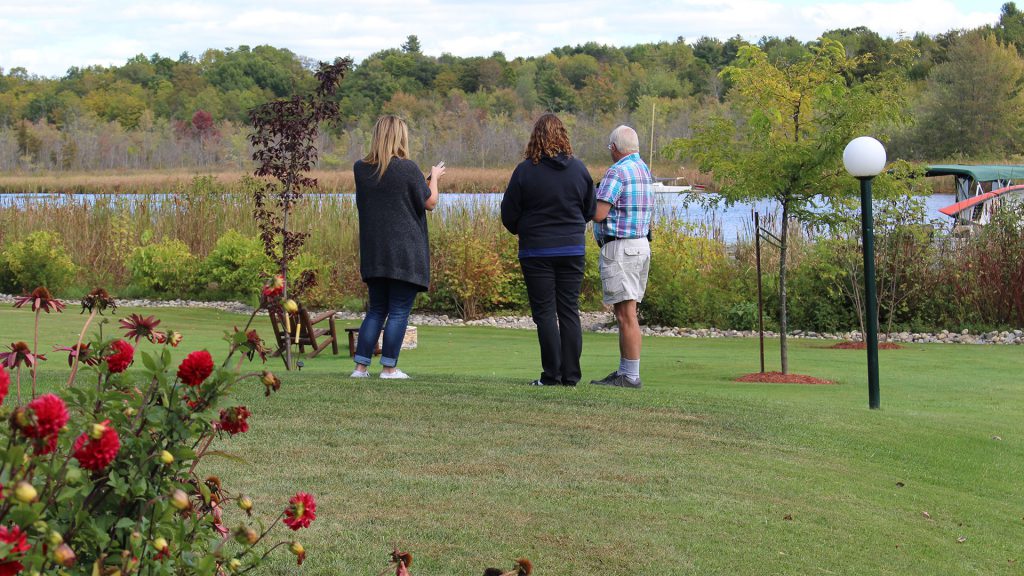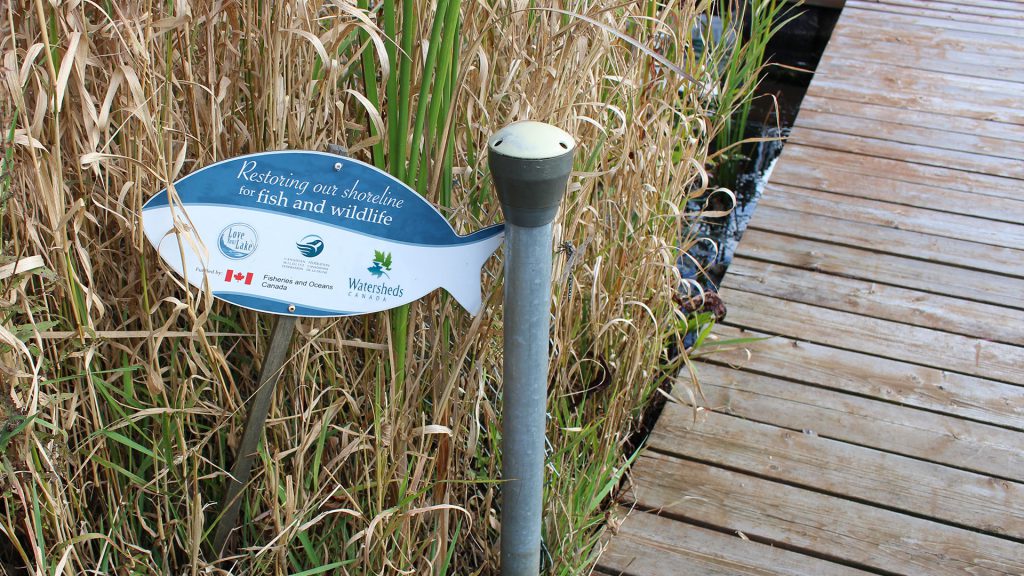Who doesn’t like the sight of a beautifully lit pathway, a gazebo lined with lights, or light cascading off a lake on a calm summer’s night? I can tell you what might not like it – your local birds, insects, mammals, amphibians and even plants! Plants and animals have evolved to rely on Earth’s natural cycles of light and dark. These daily cycles manage important behaviours, including reproduction, eating, protection from predators and sleep.
As we continue to light up the night, we may be significantly impacting these behaviours. Research indicates that the glare produced by artificial lighting at night impacts wildlife in many ways, including:
It interferes with the croaking of toads and frogs, an important part of their breeding activities, which may result in reduced populations.
Birds are used to flying by the light of the moon and stars, so they can fly off course when drawn towards artificial lighting.
Insect numbers are declining for several reasons, and artificial lighting isn’t helping – it’s a fatal attraction for many insects.
Some fish species are also sensitive to light pollution – it can affect their migratory behaviours and predation rates.
This doesn’t mean we have to get rid of all our outdoor lights. But perhaps we don’t need as many or they can be retrofitted to reduce the glare. Ask yourself:
- Does the area really need to be lit?
- Does it need to be this bright?
- Is the light transmitted further than it needs to be?
Perhaps all you have to do is:
Turn off the lights when they’re not needed.
Reduce your use of blue lights and use warm light sources. It should have a colour temperature of no more than 3000 Kelvins.
Use “full cut-off” or “fully shielded” lighting fixtures (those that point downward). This ensures light isn’t shown above 90 degrees.
Use lighting that is certified as Dark Sky Friendly Outdoor Lighting. You’ll be sure it’s low colour temperature and is fully shielded.
Use timers, motion sensors and dimmers.
Let’s strike a balance! We can still use lights, let’s just do it in a more wildlife friendly way!
Sources:
https://www.darksky.org/light-pollution/wildlife/
https://www.darksky.org/our-work/lighting/residentialbusiness-lighting/
https://www.darksky.org/protect-our-species-from-light-pollution-this-earth-day/
https://www.darksky.org/our-work/lighting/lighting-for-citizens/lighting-basics/
Join our community
Stay up-to-date on the Love Your Lake program by receiving free updates on Canada’s lakes and rivers.
Program co-ordinated by:







